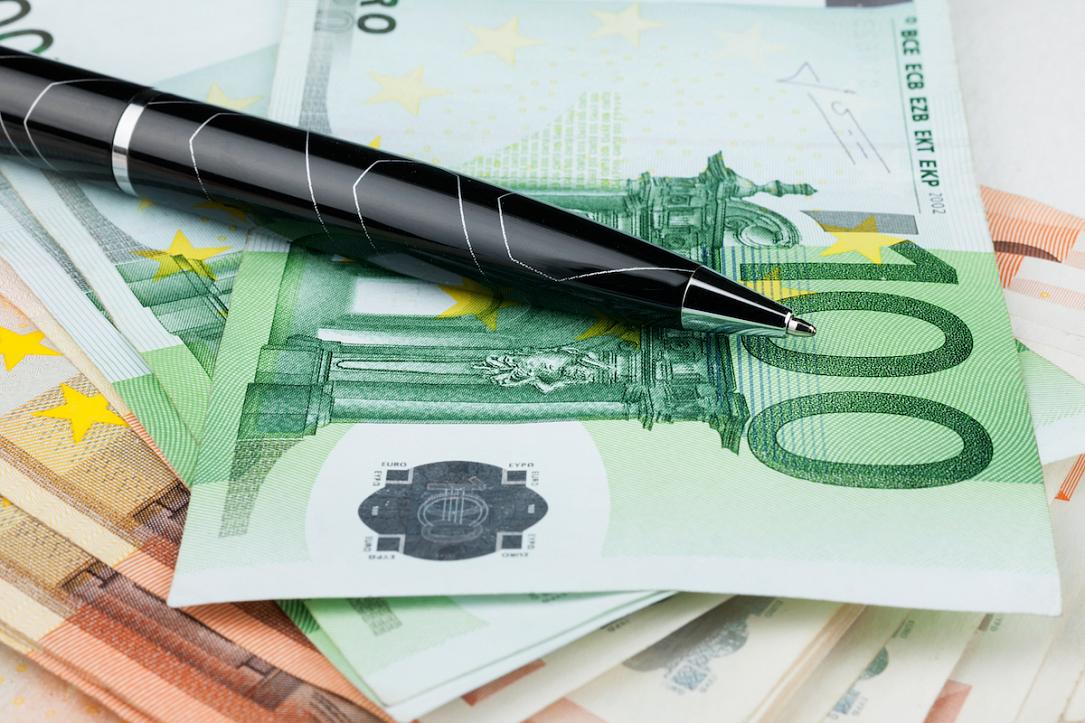BNR deputy governor argues Romania's international reserves are assuring macro stability



One of the good news, with a relevant contribution to Romania's macroeconomic and financial equilibria in the coming year, is that the country's foreign reserves reached a new historical high in December 2022, Romanian central bank deputy governor Leonardo Badea states in an opinion published by Ziarul Financiar.
While the country's official forex reserves are at an adequate level, speaking of historical records should be taken with a bit of salt: all the macro and microeconomic indicators are reaching new maxima these days, driven by global inflation that surfaced after the (truly historic) quantitative easing in the previous years.
Thus, the 5-year increase in Romania's official forex reserves (mentioned by deputy governor Badea) was 37% as of October – which matches the 38% advance of Romania's nominal GDP expressed in euros and is surpassed by the 43% rise of Romania's short-term debt.
At the same time, Romania's imports surged by 38% over the same 5-year period.
From a short-term (one-year) perspective, the official forex reserves rose much slower than the imports, and short-term external debt did (+17% vs +26% and +22%, respectively).
The level of official forex reserves in absolute terms is not relevant, but the ratios such as forex reserves to imports or short-term foreign debt are. In relative terms, one can argue that the "record high" forex reserves posted by the central bank are not necessarily a new development: the ratios have deteriorated over the past year while remaining at the same (safe) levels where they were five years ago.
iulian@romania-insider.com
(Photo source: Alekleks/Dreamstime.com)